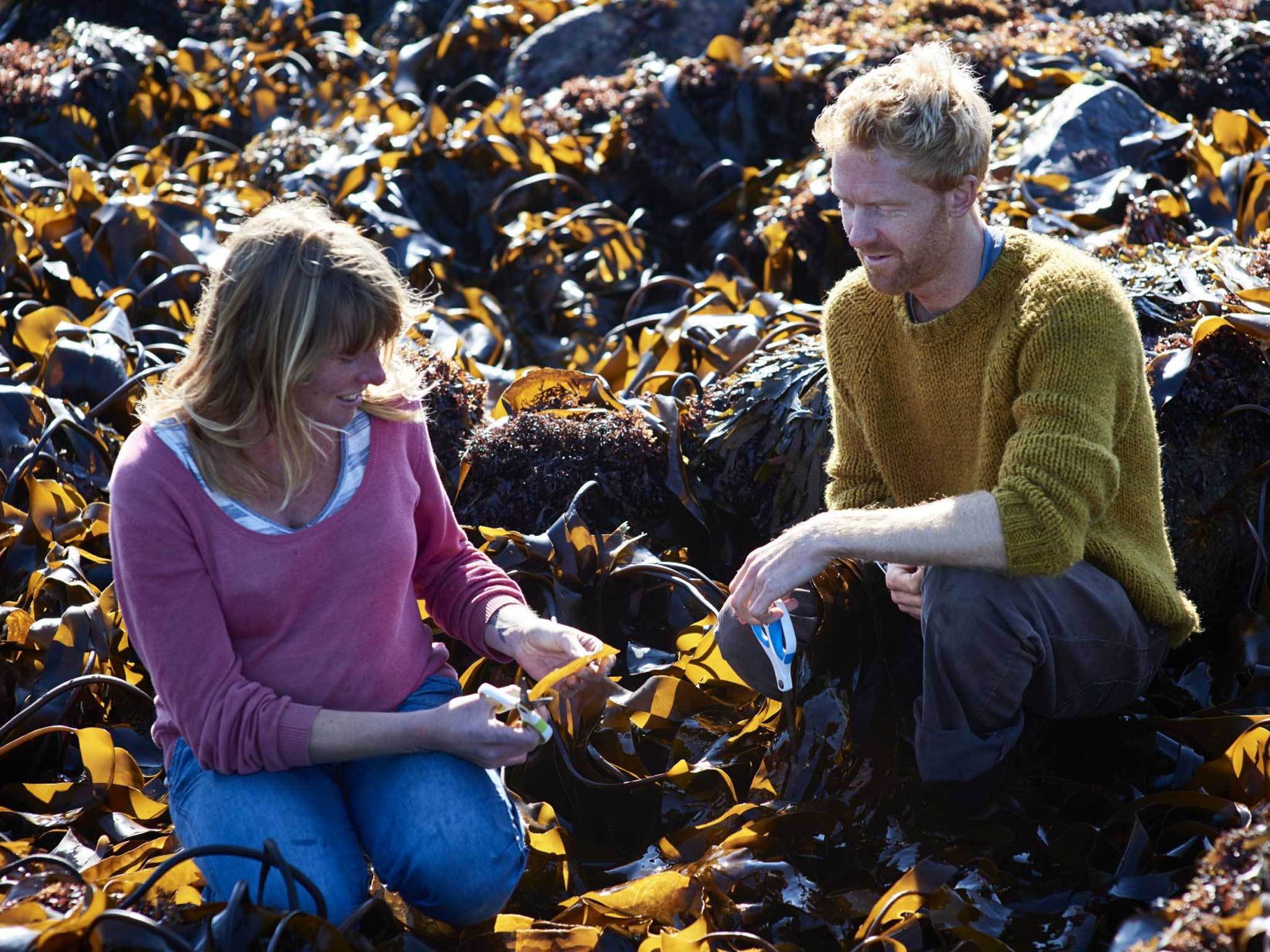Fresh seaweed is rich in nutrients - so why do we ignore it in Britain?
The 'new' veg looks poised to become a popular ingredient in home kitchens thanks to supermarkets and celebrity fans

Most of us know seaweed as a brown, rubbery, wig-like plant you kick along a beach, or perhaps as nori, a dried seaweed which is shredded and pressed into flexible sheets ready to roll around sushi rice and tasty fillings. But fresh seaweed, already a favourite of many top restaurants, looks poised to become a popular ingredient in home kitchens thanks to supermarkets and celebrity fans. Waitrose has announced plans to stock the nutrient-rich wild sea green, and Jamie Oliver credits it with his recent 30lb weight loss. Noma chef René Redzepi has called seaweed "one of the few untapped natural resources we've yet to really start eating". Now's our chance.
"Seaweed is one of this year's biggest trends in veg," says Simona Cohen Vida, a Waitrose product developer. "Our customers like to experiment in the kitchen, so we predict that seaweed will be top of the shopping list this spring."
Food trends in 2016
Show all 11Waitrose will stock a variety called kombu on 139 fish counters from 20 April, harvested by The Cornish Seaweed Company and costing £1.99 per packet. But what if your pockets aren't Waitrose-deep, never mind Noma-ready? As Redzepi says, seaweed is a natural resource and ripe for the picking, but how easy is it to collect for free from our shores, how should we cook and eat it, and is it always safe?
Marcus Harrison runs foraging courses via his Wild Food School and recently published Cooking with Seaweed: 101+ Ways. "Be safe," he advises. "Know which seaweeds are safe to eat, work out what the tide times are like, and wear strong boots or wellingtons – preferably non-slip – since most seaweed grows in low-lying rocky environments on the shoreline. Any seaweed that you want to eat should be attached to a rock. Seaweed washed on to the beach is not fit or safe to eat."
About 650 varieties of edible seaweed grow on British coastlines and it's often said they are all safe to eat, but Harrison disagrees. He names badderlocks/dabberlocks, tangle, sugar kelp, sea spaghetti, dulse, laver, sea lettuce, gutweed and carrageen, or Irish moss, as good for consumption – Google-image-search these and you'll recognise a handful – but advises against eating some varieties too often, because they are dense in iodine.
But what to do once you get them back to your kitchen? "Thicker, more robust seaweeds such as tangle and sugar kelp are best in stew-type dishes, or deep fried and served like crisps," says Harrison.
"Thinner dulse can be eaten raw (fresh or dried), while making an interesting ingredient for stir-fry food. Laver is generally too tough to eat like that. For laver bread, it's boiled for hours until it coalesces into a dark green jelly-like mass.
"Sea lettuce can be used raw or cooked. Being very fine leaved, it lends itself to use as a seaweed salad ingredient; or larger fronds may be used to wrap around food to be steamed. The gutweeds are also very finely structured and may be used in salads (when young), steamed, or cooked. Irish moss is only used for its carrageen, as an alternative to gelatin."
There are few opportunities for a free lunch these days, and seaweed has spectacular health benefits. It's great for digestive health and it has more vitamin C than oranges. It's also packed with protein and is the only vegetal source of vitamin B12.
But Harrison stresses to forage responsibly. "If 60 million people start heading for the shore and ripping up all the seaweed... that is going to damage the environment."
Subscribe to Independent Premium to bookmark this article
Want to bookmark your favourite articles and stories to read or reference later? Start your Independent Premium subscription today.

Join our commenting forum
Join thought-provoking conversations, follow other Independent readers and see their replies